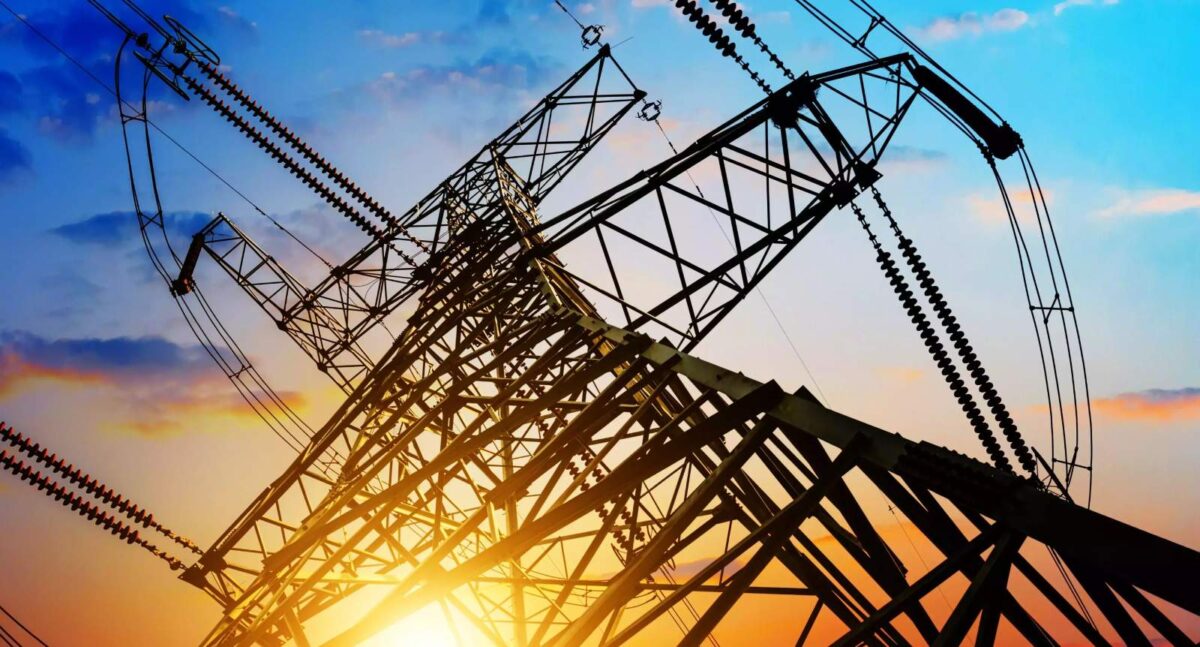Transmission Projects Highlight Need for Permitting Reform that Enables Grid of the Future

by Tim Aiken and Bryn Baker
Worse than being stuck with near indefinite hold music, as a recent Superbowl commercial expressed, no one is dancing while waiting to get transmission permitting reform off hold. But some are trying, and two recent project announcements mark promising progress.
In late January, Grid United and Allete announced plans to build the first new transmission line connecting the Western and Eastern Interconnects, linking MISO and SPP with the West. The North Plains Connector will include a 380-mile bidirectional line capable of transferring 3,000 megawatts (MW) of electricity between the Midwest and West that will improve reliability and open up markets to exchange affordable Northwest hydroelectricity, California solar energy, and winter-peaking Midwest wind.
Earlier in January, federal officials gathered in Tonopah, Arizona, for a ground-breaking ceremony for the 125-mile line known as the 10 West Link that will connect high-value solar in southwest Arizona to southern California. Given the dearth of transmission investments to modernize and improve our power grid, these two recent announcements are welcome progress to meet the electricity needs of the 21st century.
Benefits of Transmission
Transmission is the backbone of a reliable, resilient, lower-cost, and clean electricity system. It’s also critical for access to affordable clean energy that customers want. In 2022, commercial and industrial energy customers announced a record-breaking 16.9 gigawatts (GWs) of new clean energy deals, despite market and policy uncertainty.
Investment in interregional transmission over the past decade has dramatically trailed the need for grid expansion, leaving our nation vulnerable to blackouts and service disruptions that can endanger lives and cause economic loss. Our constrained transmission system also increases customers’ electricity bills by forcing the dispatch of high-cost local resources during times of peak demand rather than allowing for trading of surplus, less-expensive power from other regions.
A study published last month by the Lawrence Berkeley National Laboratory found that interregional transmission capacity provides hundreds of millions in economic benefits to customers. About half the value accrues under extreme weather events, when the interregional capacity helps move available, lower-cost power to high-cost areas with insufficient power, as this map illustrates:

Permitting Reform Is Critical
The North Plains Connector and the 10 West Link each demonstrate the challenges of getting new transmission built. The North Plains Connector struck a unique approach, taking on a higher level of risk than most grid developers typically assume in order to advance the project, by acquiring the rights-of-way from landowners before seeking federal and state permit approvals. By engaging the affected communities and acquiring land rights at the front end of the project, the transmission developers hope to avoid opposition and legal challenges that often delay and derail projects during the environmental review and permit and siting process.
The 10 West Link, which largely follows an existing 500 kilovolt transmission line, began its permit process in 2014 and is expected to be operational by the end of 2023. The process took nine years, even alongside an established right-of-way, which generally is expected to have lower opposition.
Recent academic and government studies show we will need to double to triple our transmission capacity by 2035, but even the most viable projects can take 10 or more years to successfully navigate the regulatory process, and we have only been building an average of 645 miles of high voltage transmission annually. The lack of a streamlined permitting process is keeping billions of dollars in needed capital on the sidelines for both transmission and generation projects and slowing the modernization of our grid.
According to the Lawrence Berkeley National Laboratory, an estimated 1.4 terawatts of new generation, of all types, is stuck in clogged transmission interconnection queues and cannot be tapped to meet the growing demand for more electricity as heavy industry, transportation, and commercial buildings electrify and as scheduled older sources of generation retire. In the current constrained environment, energy customers face diminishing options and more complex and costly arrangements to meet their energy goals.
While policy fixes before Congress and the Federal Energy Regulatory Commission (FERC) to simplify and shorten the regulatory process may be on the horizon, those solutions will need to be navigated through a divided Congress and a regulatory agency short a commission member. But efforts last year to advance federal siting and permitting reform legislation and FERC’s notice of proposed rulemaking on backstop permitting authority did raise Washington’s level of awareness on the need for reform and provided a menu of policy options.
These options range from updating federal permitting authority and assigning project costs across a broader set of beneficiaries to modifying the environmental review process to include greater initial outreach to affected parties. The options for reforms also include enforceable timelines and tighter limits on the window for legal challenges.
Let’s stop the hold music and advance reforms that allow faster modernization of the nation’s power grid. Customers see the reliability and cost benefits of expanded interregional transmission. Unlocking it is the difference between an aging, increasingly unreliable power grid and enabling the grid of the future.
